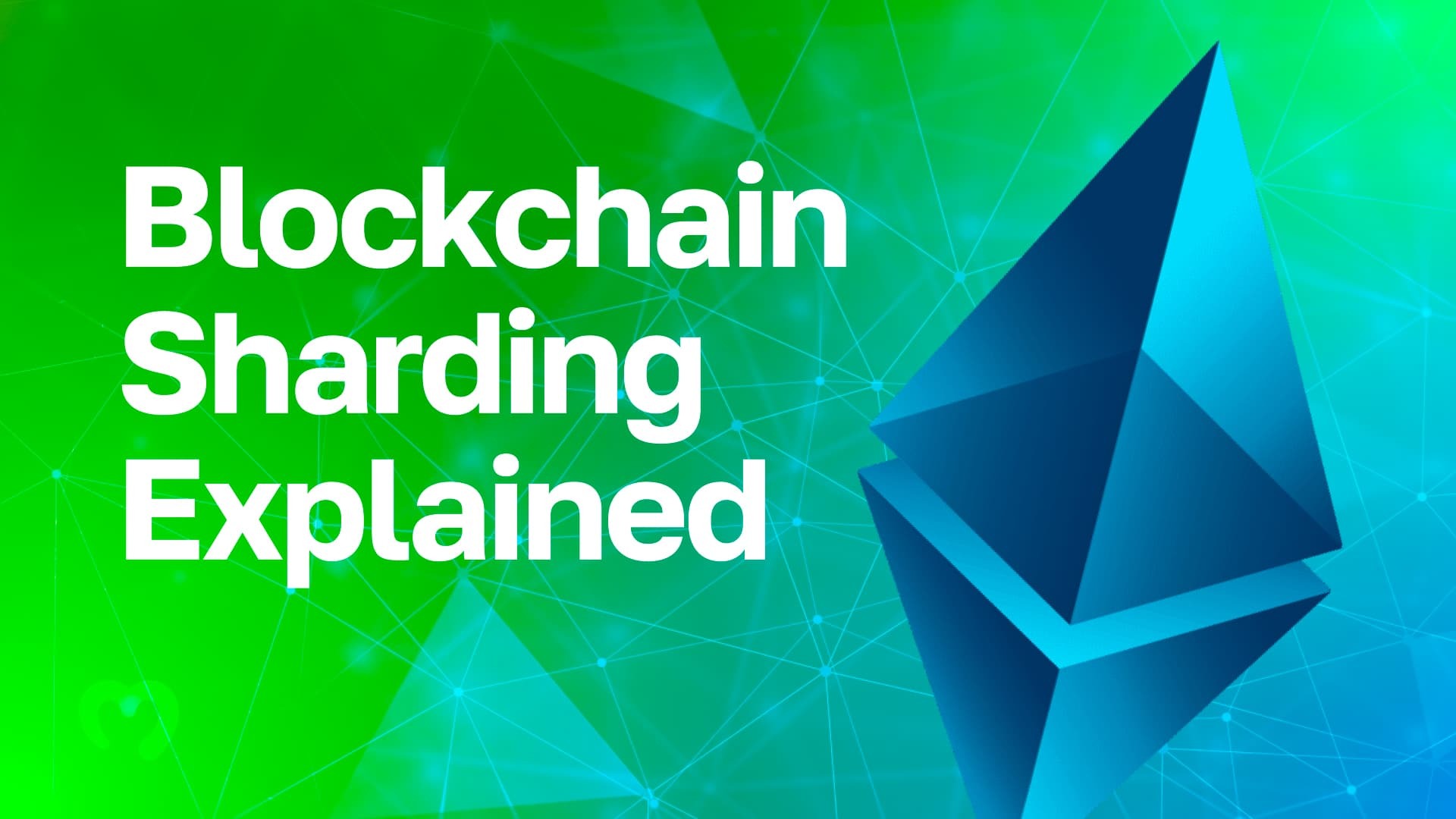Sharding: A Concept Borrowed from Traditional Database Management
Blockchain technology, often referred to as distributed ledger technology (DLT), serves as the foundational framework for many innovations in the Web3 ecosystem. This includes diverse applications such as cryptocurrencies, the metaverse, non-fungible tokens (NFTs), and various decentralized applications. While these technologies present exciting opportunities, they also face challenges regarding speed, scalability, and efficiency. To address these issues and enhance the overall functionality of blockchain networks—perceived as a more secure alternative to traditional Web2 servers—developers have turned to several optimization techniques. Among these techniques, sharding stands out as a particularly effective method for improving network performance.
Understanding Sharding
Sharding is derived from the principle of dividing traditional databases into smaller, more manageable segments. This approach not only simplifies data management but also accelerates the retrieval process, allowing for quicker access to necessary information. In the context of blockchain, sharding involves partitioning a larger blockchain network into smaller components known as shards. Each shard operates independently, processing transactions and maintaining its own state, thereby reducing the burden on the overall network and improving throughput.
As articulated in a blog post by the crypto exchange Coinbase, sharding plays a critical role in enhancing the scalability of blockchain networks. By distributing the workload across multiple shards, each capable of handling its own transactions, the network can process a higher volume of transactions simultaneously. This significantly reduces congestion and lowers transaction fees, which are common pain points in heavily utilized networks like Ethereum. As a result, sharding holds the potential to transform the way blockchain networks operate, making them more efficient and user-friendly.
The implementation of sharding involves a series of complex mechanisms that require careful consideration of security and interoperability. Each shard must be able to communicate with the others to maintain the integrity of the entire network. This necessitates the development of robust protocols to ensure that transactions are validated and recorded accurately across all shards. Developers must also address potential security vulnerabilities that could arise from dividing the network, as each shard might become a target for attacks if not properly safeguarded.

Moreover, sharding can enhance the user experience by enabling faster transaction processing times. For instance, in a traditional blockchain network, as the number of users and transactions increases, the time it takes to confirm a transaction can also increase. With sharding, multiple transactions can be processed in parallel, significantly speeding up confirmation times. This improvement is particularly crucial for applications requiring quick transactions, such as decentralized finance (DeFi) platforms and gaming applications within the metaverse.
However, while sharding presents significant advantages, it is not without its challenges. The complexity of implementing sharding requires thorough planning and testing to ensure that the network remains resilient and secure. Additionally, developers need to consider how to best manage data storage across shards to prevent inefficiencies and data redundancy. As the blockchain ecosystem continues to evolve, the successful adoption of sharding will depend on ongoing research, innovation, and collaboration among developers and researchers.
In summary, sharding represents a promising solution to the scalability and efficiency challenges faced by blockchain networks. By dividing larger networks into smaller, more manageable shards, developers can significantly improve transaction speeds and overall performance. As the demand for decentralized applications and services grows, the importance of optimizing blockchain technology through techniques like sharding will only become more critical. With continued advancements and careful implementation, sharding has the potential to reshape the landscape of blockchain technology, paving the way for a more scalable and efficient Web3 ecosystem.

















